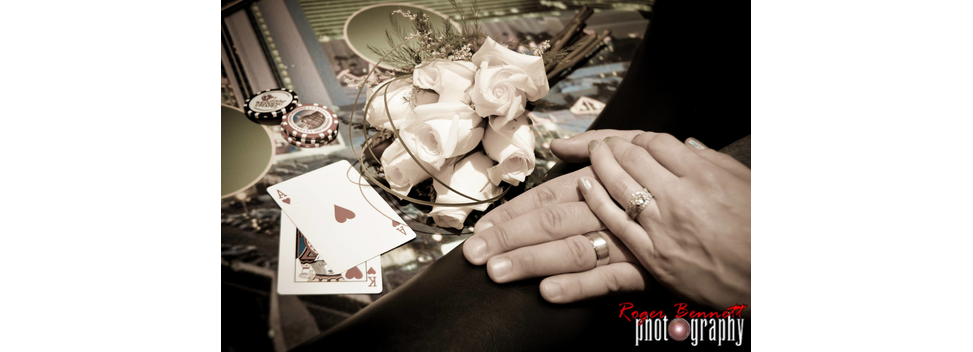Social Media Marketing for your Art Business
You’re not just an artist, you’re a business person, and selling your work or services is what allows you to keep being creative. Social media presents one of the best avenues for marketing and promoting your art, and a little bit of interaction and engagement goes a long way.
Pick Your Platforms
To best leverage the power of social media, the first place you should have a presence is Facebook (http://Facebook.com). This platform blows away all the others for sheer numbers of active users, so create a Facebook fan page for your artwork in addition to your personal profile. Twitter (http://Twitter.com) is another popular choice, and it can be linked to your Facebook page for automatic updates. LinkedIn (http://LinkedIn.com) has more of a business focus, so it’s ideal for expanding and growing your art business.
Some social media platforms focus on images – like Pinterest (http://Pinterest.com), Instagram (http://Instagram.com) and Flickr (http://Flickr.com). So these are great places for you to post pictures of your artwork, crafts or photography. You can create different albums on Flickr, or different boards on Pinterest, and use those galleries as your online portfolio.
You don’t need to be on every site, but you never know where your next customer or fan might be. “No matter what your specialty or location, there are groups of buyers networking there,” says Warren Whitlock, social media influencer and author of Twitter Revolution, the first book about using Twitter to promote a business.
Build Your Fanbase
With apologies to Field of Dreams, just because you build it doesn’t mean they will come. You have to work on promoting your social media page and engaging your audience. Do this by sharing relevant content as frequently as three to four times a day, advises Roger Bennett, a professional photographer who manages his own Roger Bennett Photography (http://facebook.com/RogerBennettPhotography) Facebook page as well as his mother’s Jan Bennet Fine Art (http://facebook.com/JanBennettFineArt) page.
“A page admin wants to engage followers with quality, relevant content but not bombard them with too much. And by relevant, for example, I mean a photography-based page should share content that is photography-related from other pages, as well as original posts from the page creator. This type of high-quality and consistent content helps to build a high-quality and consistent fanbase,” Bennett says.
And don’t just think about how many sales or orders you’re getting on any given day or week. “Every engagement is a chance to meet buyers who may not be shopping today, but enjoy knowing where to refer a friend,” adds Whitlock.
Promote Your Event
When you have a special event, gallery showing or sale, the challenge is getting your online audience to venture offline – or at least to your website if you’re selling via e-commerce. Bennett says the best way to ensure a good turnout is to create an online event on Facebook or promotion on Foursquare (http://foursquare.com), and send out mass invitations through Facebook and Twitter, as well as one or two blasts to your email database.
Be sure to engage with your audience on your event page, and send personal messages to special people. “Make your friends and current contacts your ambassadors. Don't sell them on coming. Sell them on telling others,” Whitlock says.
Time or Money?
Much of social media is free to use – meaning it doesn’t cost you money. However, it will cost you time and effort, so nothing you do is actually free if you factor in the value of your time. “Art is a business. You can be a starving artist or a business. Invest money in ads that have an ROI. Invest time in anything that has an ROI,” advises Whitlock.
Look for a happy balance when it comes to spending money and time. “It is said that word of mouth is the best advertising, and it is free,” says Bennett, but the caveat is that you can’t get that reputation marketing until you’re established, “and only paid advertising can achieve that.” Not many successful businesses focus on only one type of advertising, so it’s worth getting out of your comfort zone to build your business.
“You can have the best business model or product in the world, but if nobody knows you exist, you will not succeed. And likewise, if you believe only in paid advertising, and yet have a poor quality product or a reputation for bad customer service, you can have the largest adverting budget in the world and you will also not succeed,” Bennett points out.
Photos © Roger Bennett Photography








